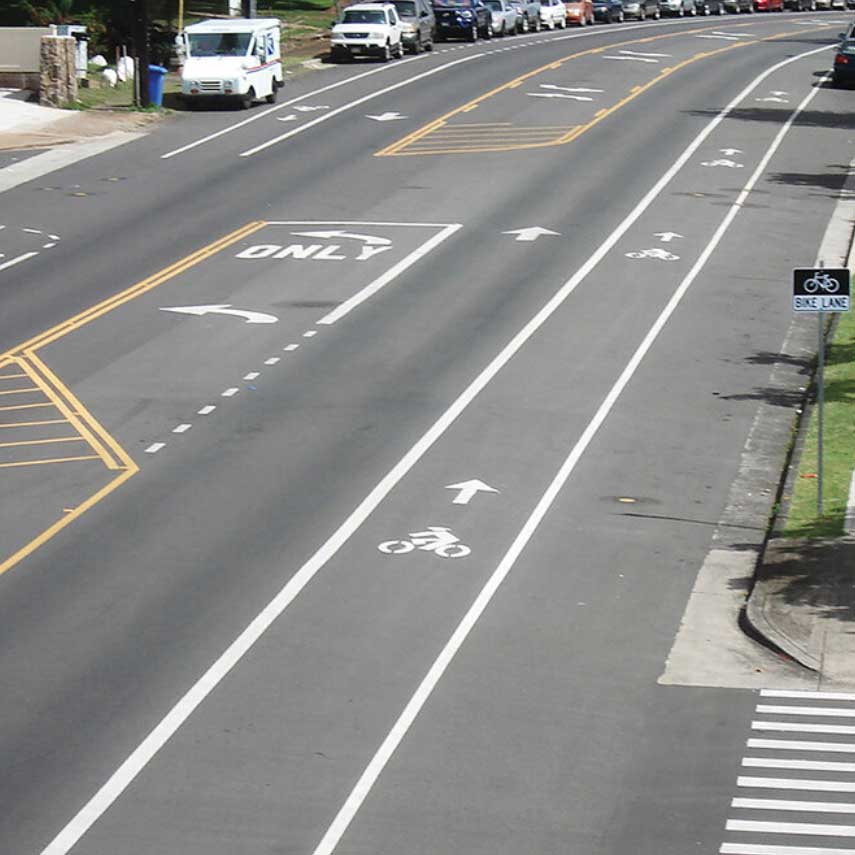
Road Diets - Slowing Traffic by Changing Traffic Patterns
A national trend that really started gaining steam in the 90’s is the road diet. A road diet is not referring to eating less while on the road, but to a concept that cities are using to re-stripe vehicle lanes with space tailored for buses, bikes and pedestrians. According to the US DOT, this mellows traffic and slows speeds.
A 2014 study done on five lane and larger roadways claims that implementing a road diet actually helps to reduce lane weaving and improves traffic flow. How these road diets will affect our freight corridors and the movement of large trucks is yet to be seen. The outcome that some highway engineers have come to, is that spare lanes reward speeders endangering other’s on the roadways. As drivers on our national roadways, are you familiar with this concept or have you seen it implemented? If so, do you see these as improvements or a hinderance in moving freight?
Want to know more? The Federal Highway Association is offering Road Diet Workshops to Transportation Engineers, School Program Coordinators, Community Leaders, and Police, fire, EMS Transit Personnel.
It is my belief, that truck drivers and other logistics professionals that are effected every day by changes being made to traffic patterns and US DOT regulations should be consulted before concepts like road diets are implemented on our roadways.
Read the original road diets study and let us know your thoughts on our Facebook post on this blog found here.
